
views
Drawing Random Lines
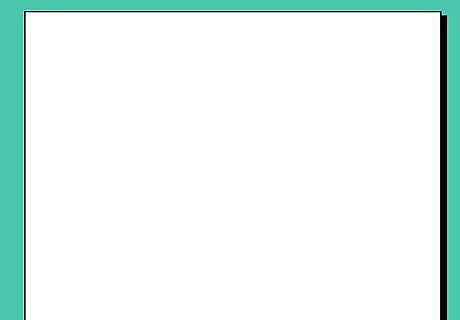
Start with a blank canvas. In this case, a simple piece of blank paper. (See Things You'll Need for size suggestions.)
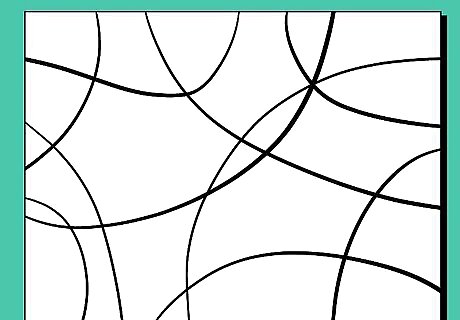
Drawing across the canvas with random lines that split up the blank as much as possible. Send these lines all the way across the page. Don't leave anything cut off in the middle of the paper but continue to draw the lines from side to the other, without end.
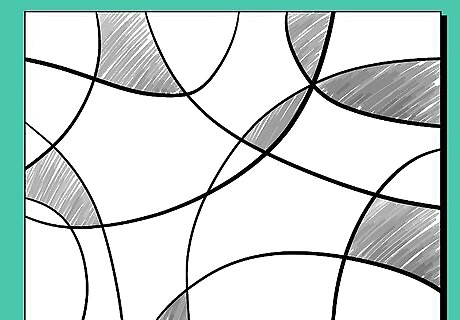
Fill some of the shapes in that arise in the areas between all of the lines. Just keep using your pencil. There is no pattern to follow; just make it a block of choices in one part of your canvas.

Fill in the majority of the shapes left. Use random patterns and similar stuff. Preferably go for big shapes but you're free to use small ones too. The important essence of nothingness, though, is to follow the random patterns all the time, letting the randomness decide the form for you.
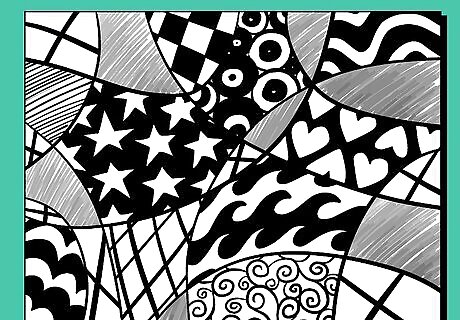
Fill in the rest by just putting a cross in them. Go on - try it; it might not seem like a good idea but it will look great.
Using Overlapping Circles
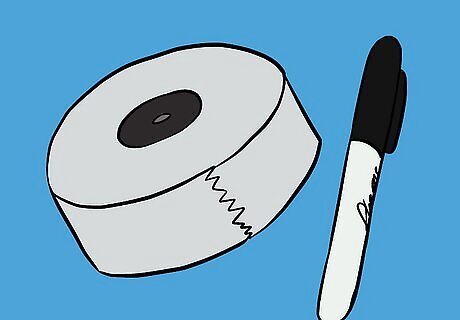
Find something small and circular. For example, a cup or a roll of duct tape. Also use a Sharpie™ with both a fine and regular tip for this whole project; it makes it pop more than pen or pencil.
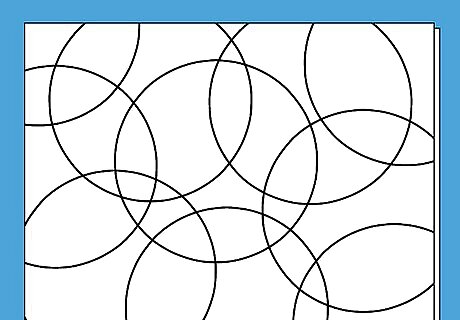
Trace the circle many times with multiple overlapping areas.
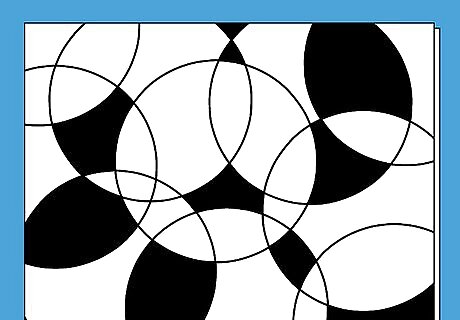
Black out a few non-touching areas of your choosing.
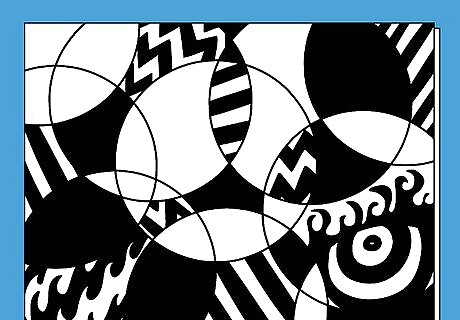
Use patterns to fill the rest of the spaces. Make sure no single pattern is touching the same pattern.

Alternate filling the background from black to white in the patterned areas, so that a pattern with a black background is touching a pattern with a white background.
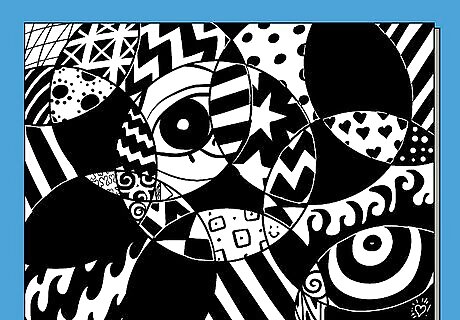
Finished. Make any final touches you feel are needed.















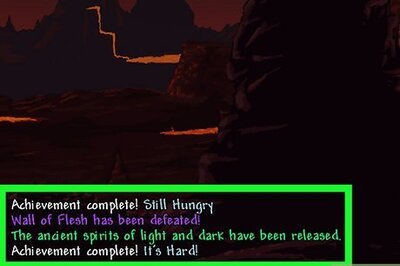

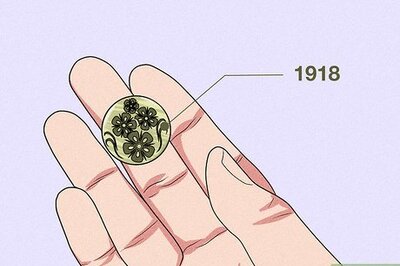
Comments
0 comment